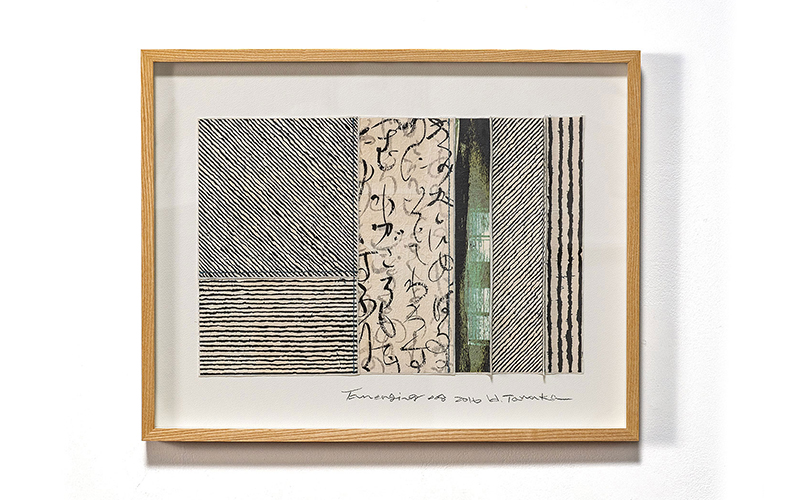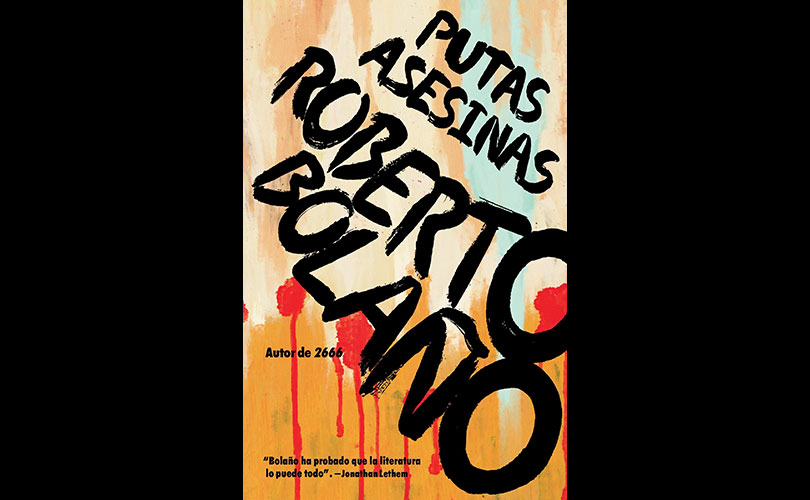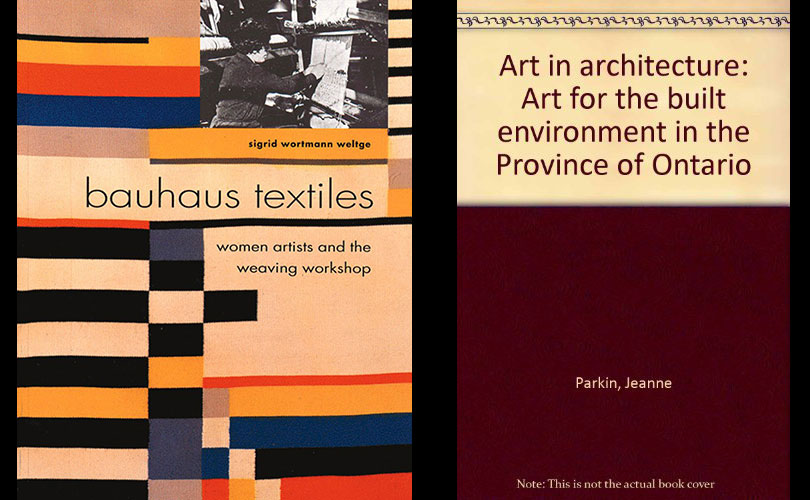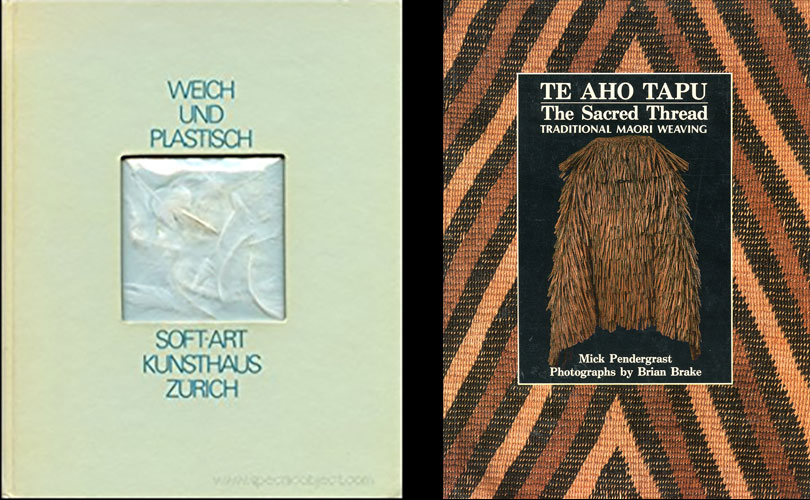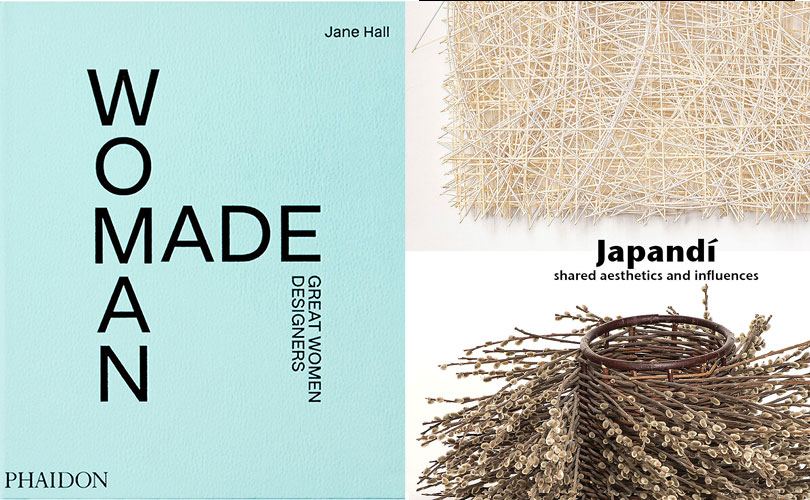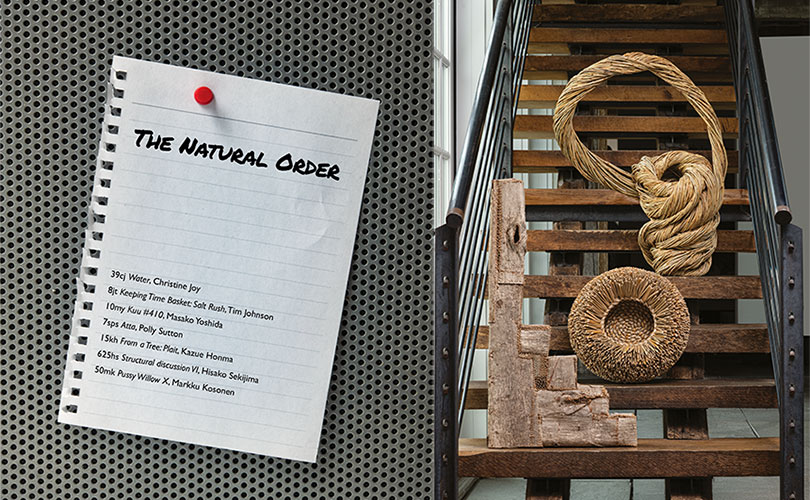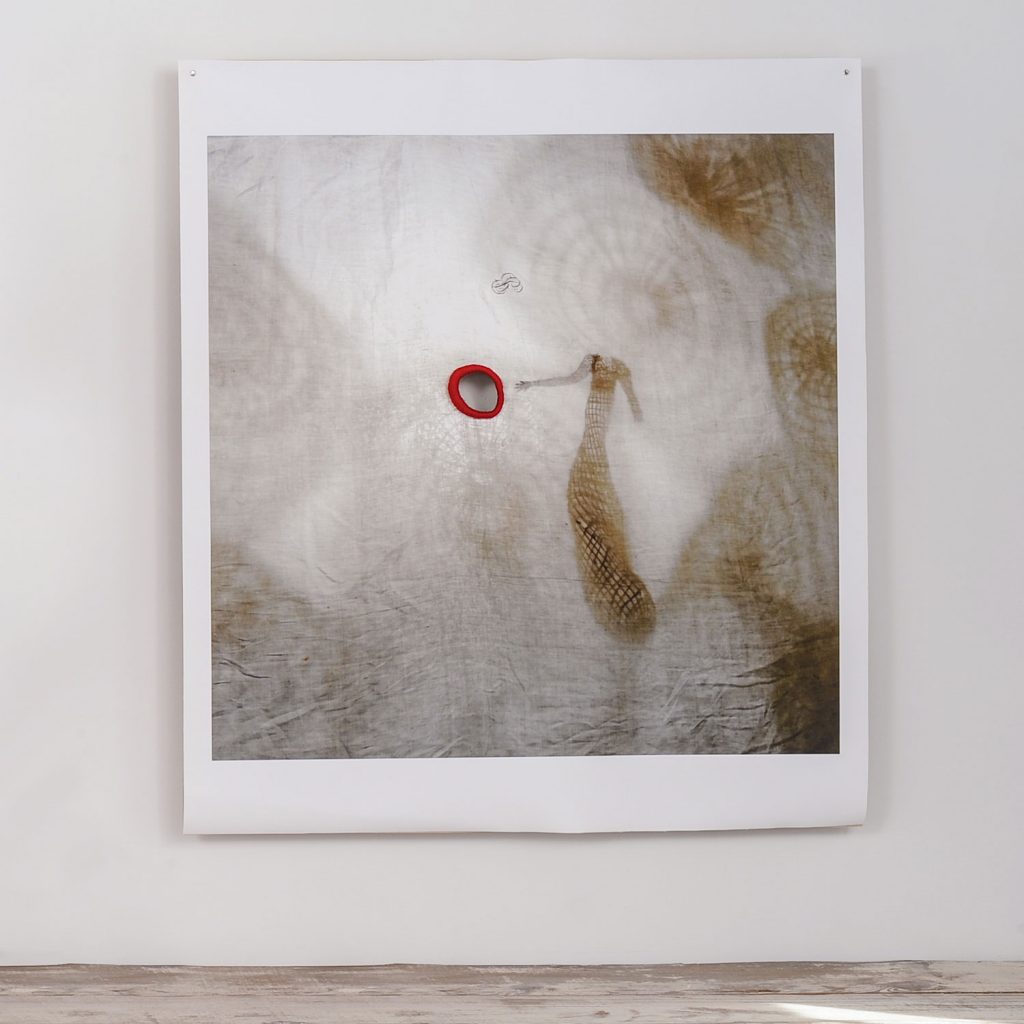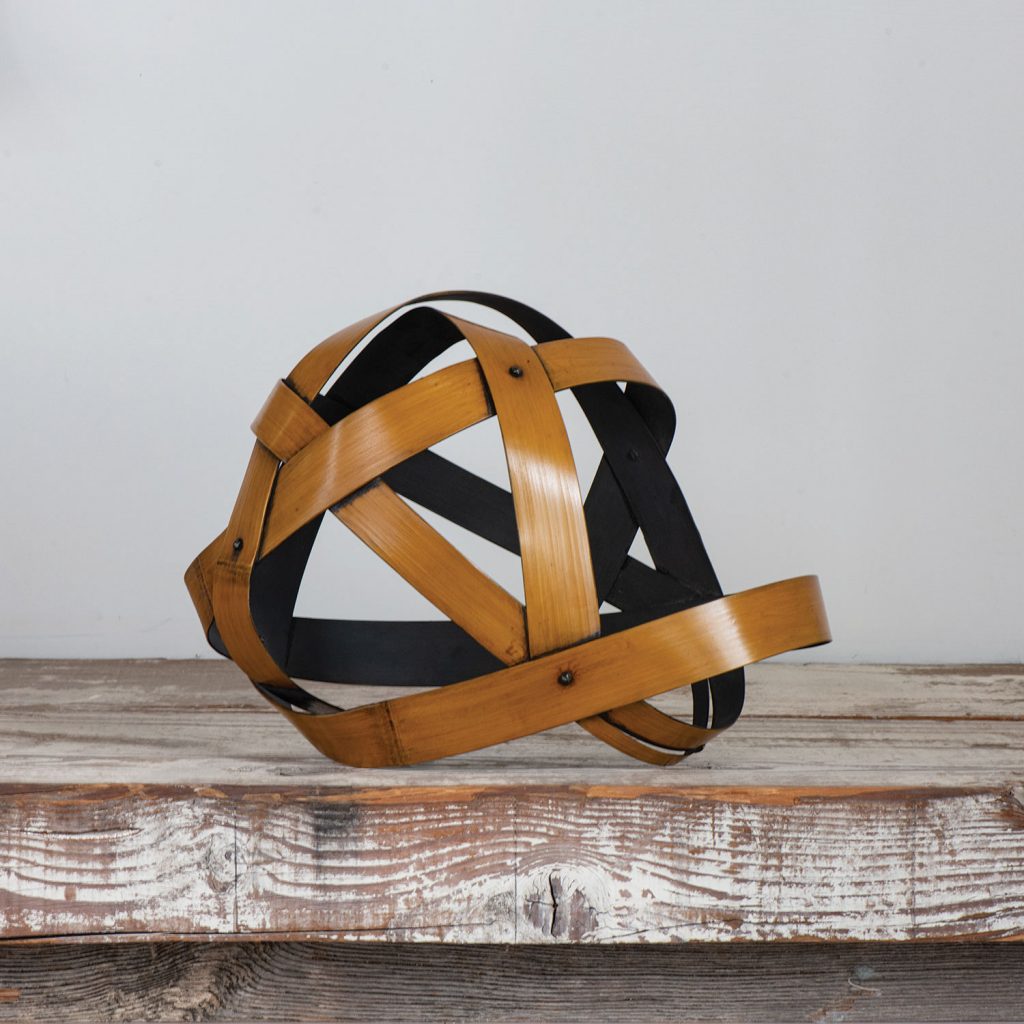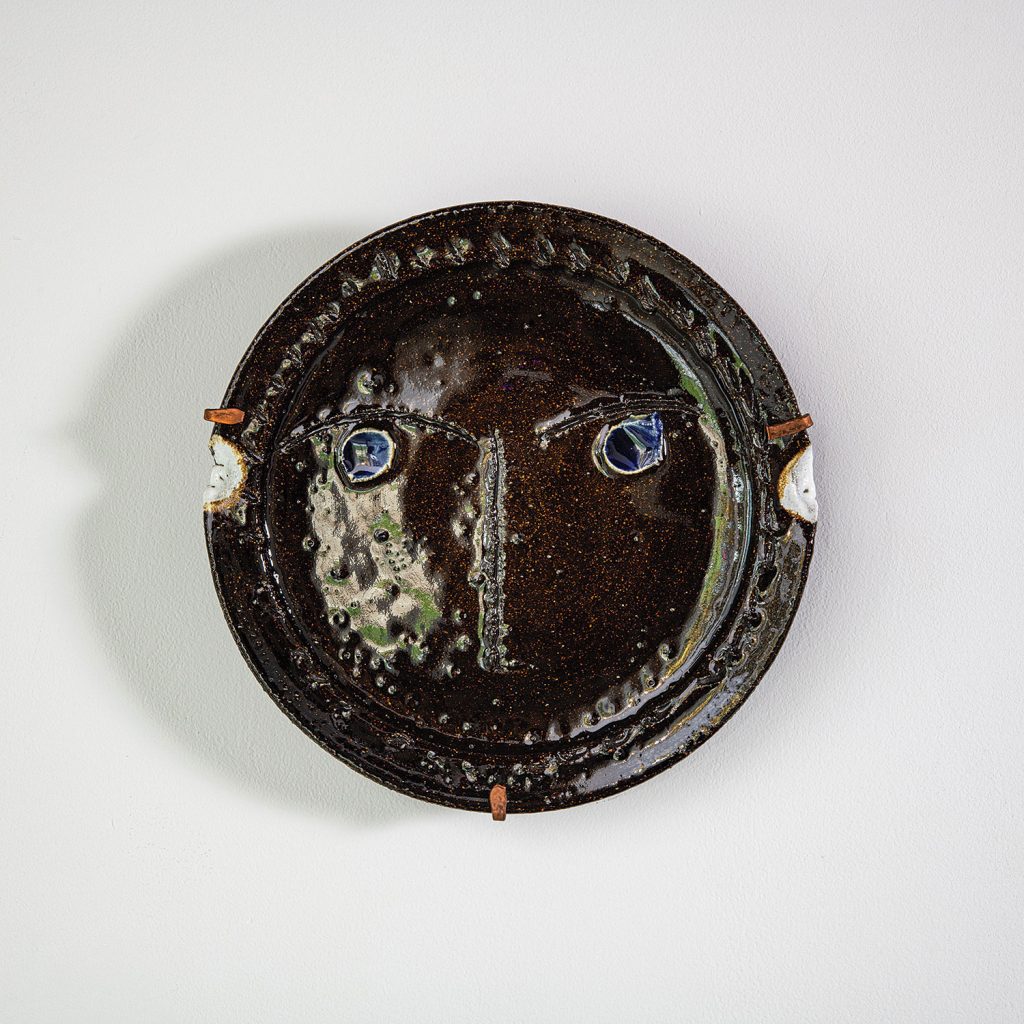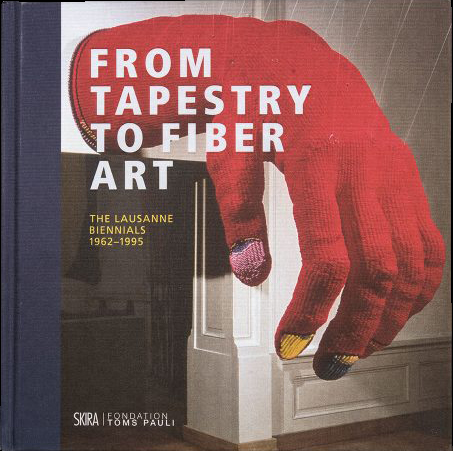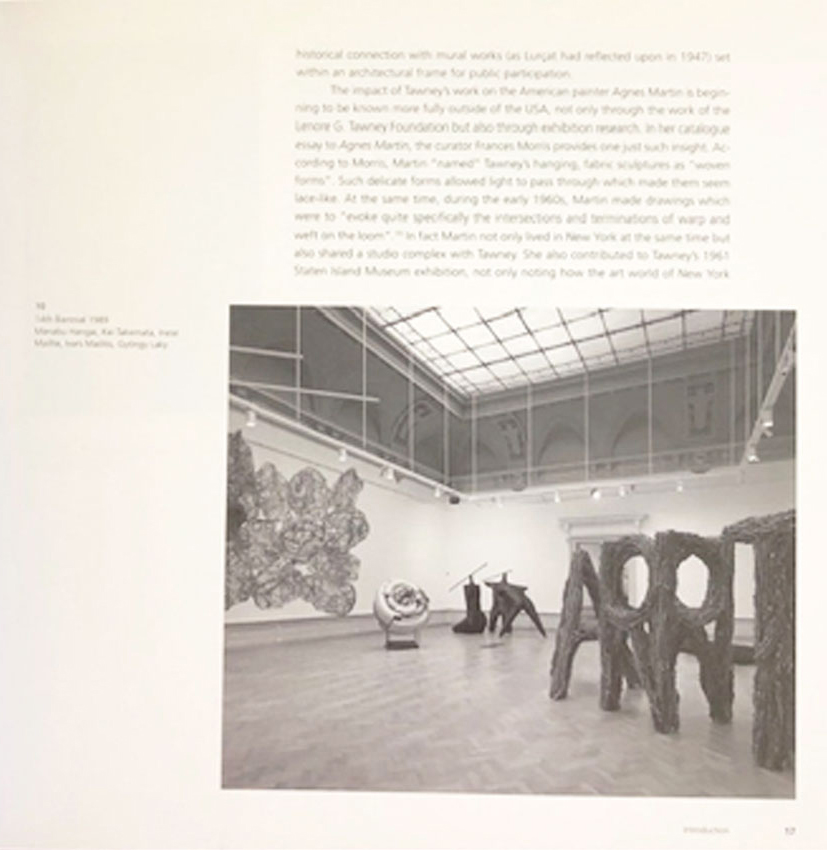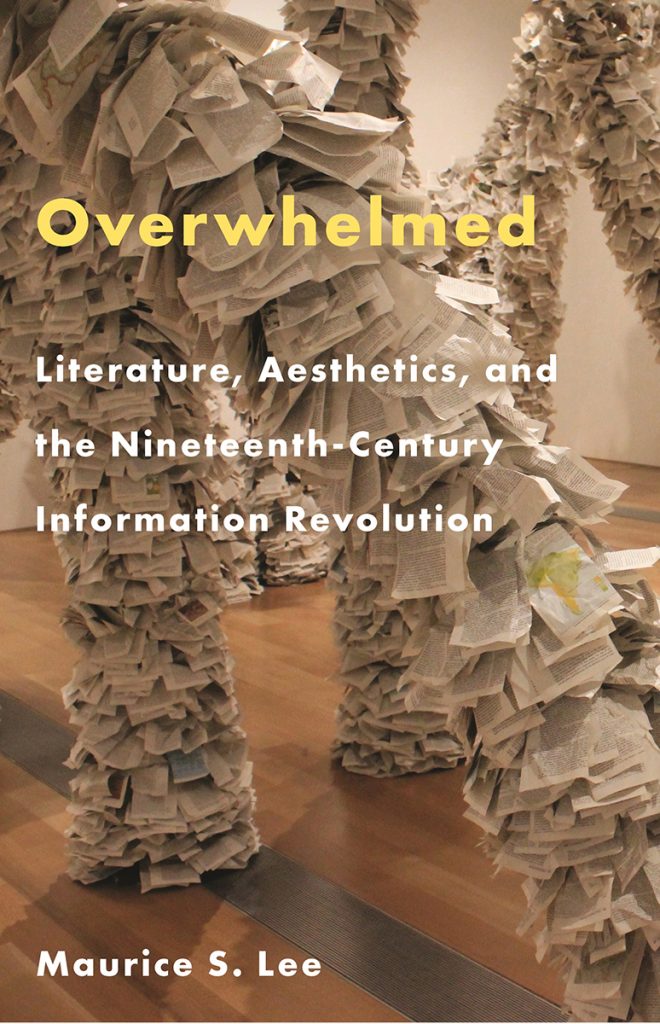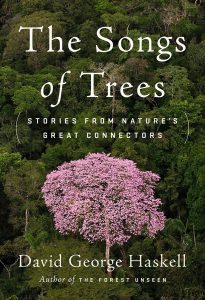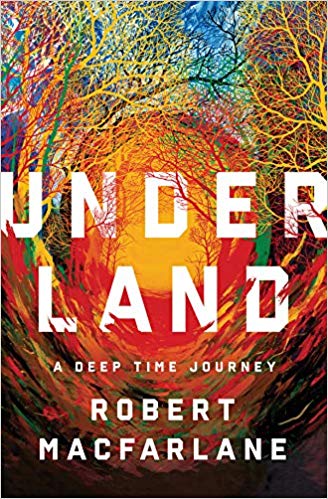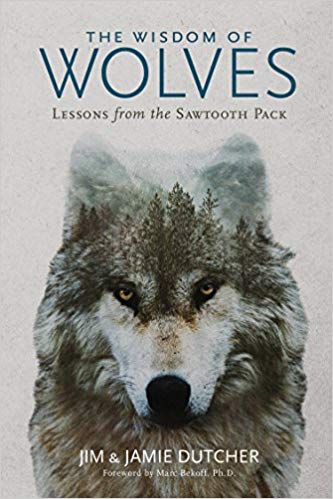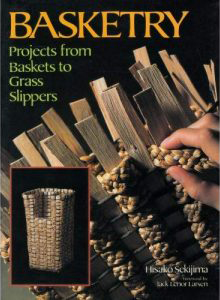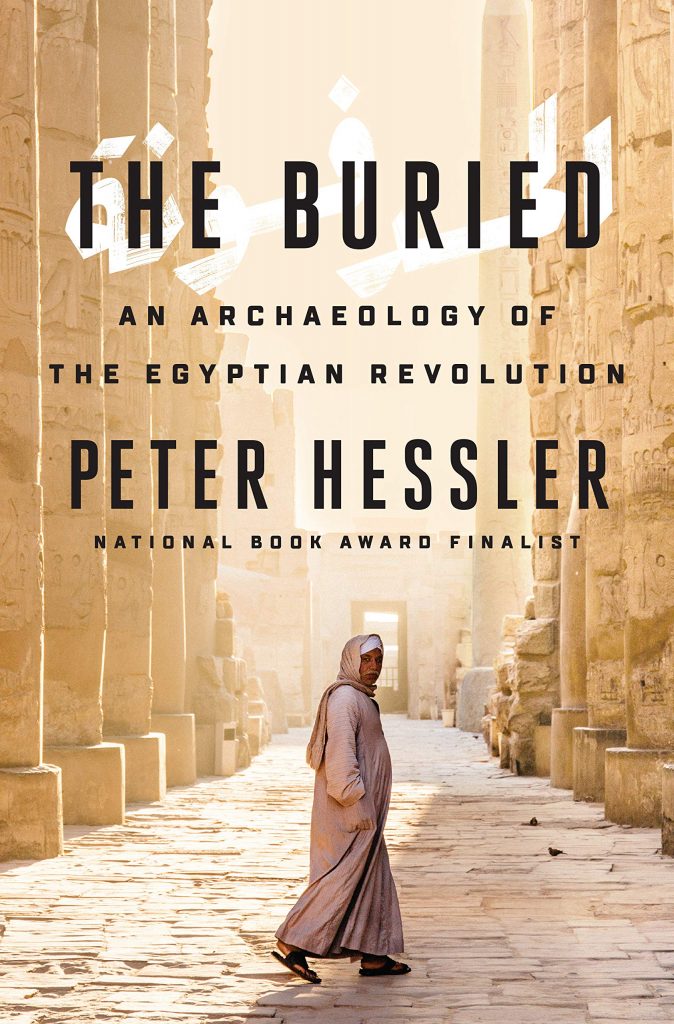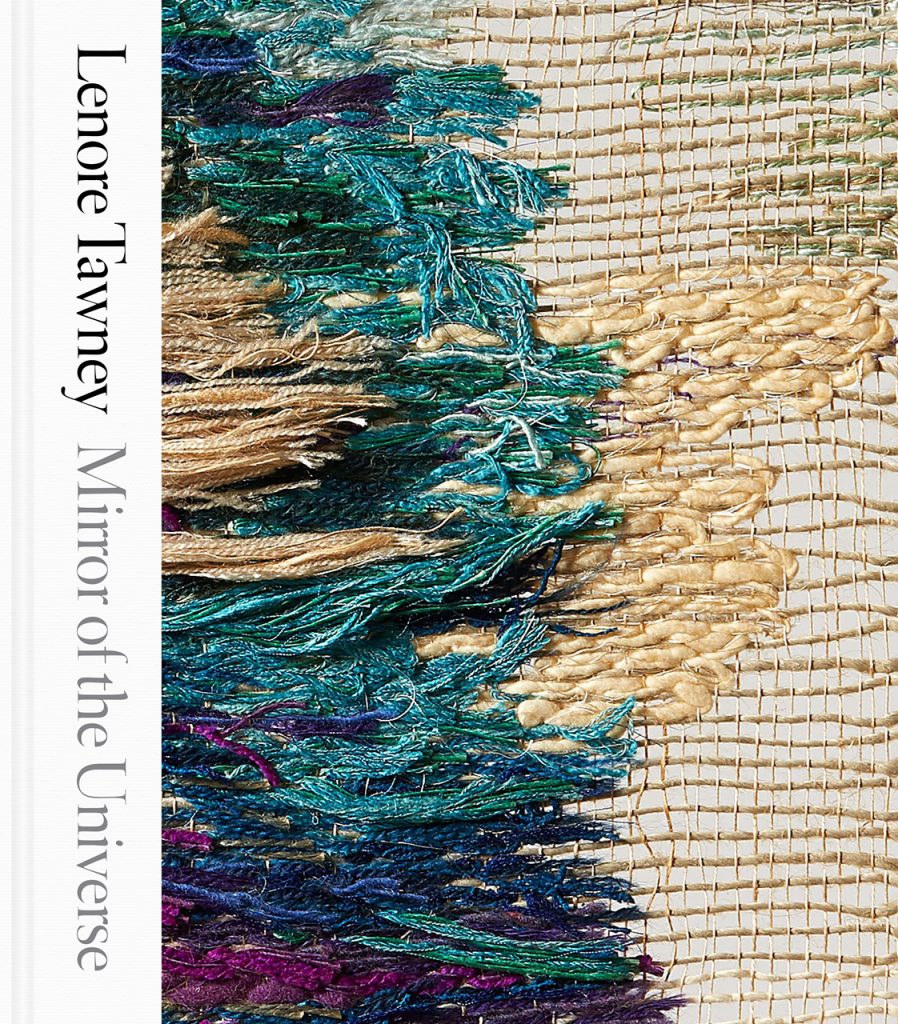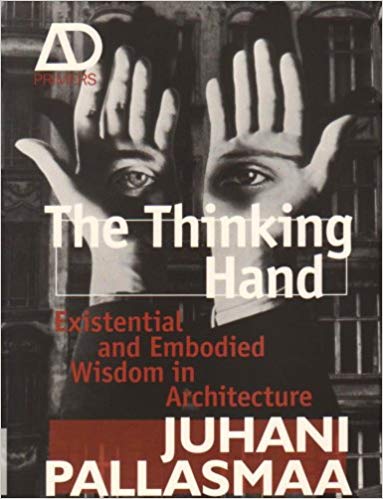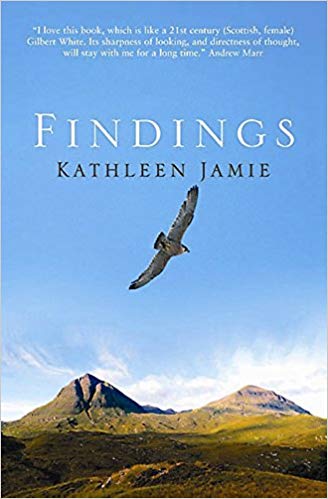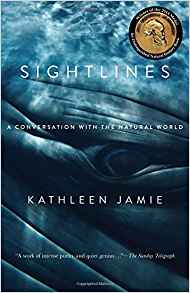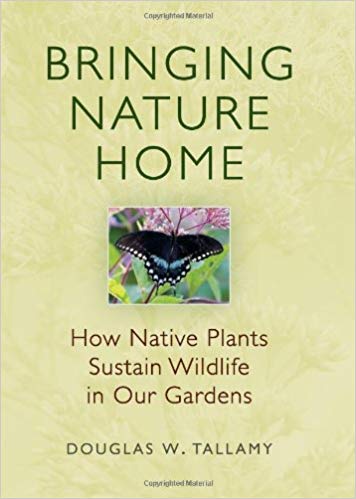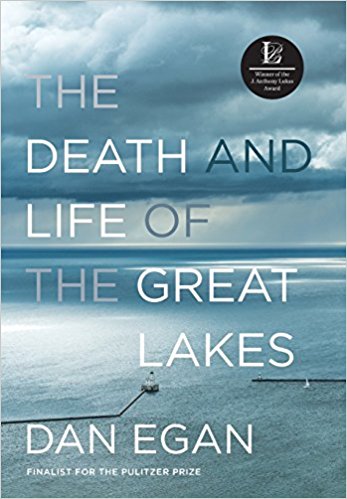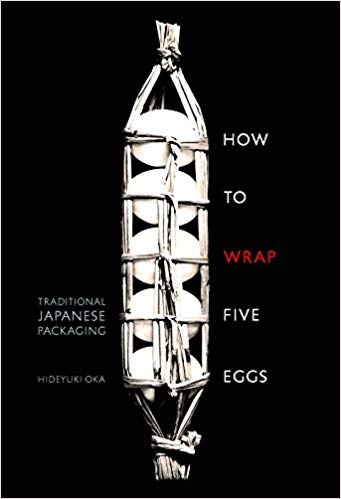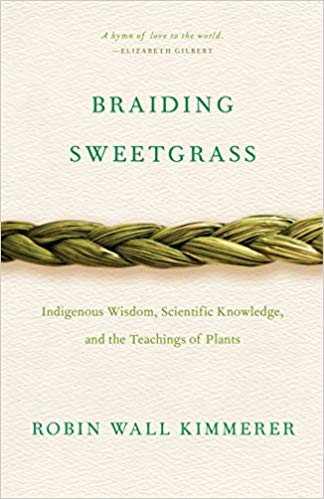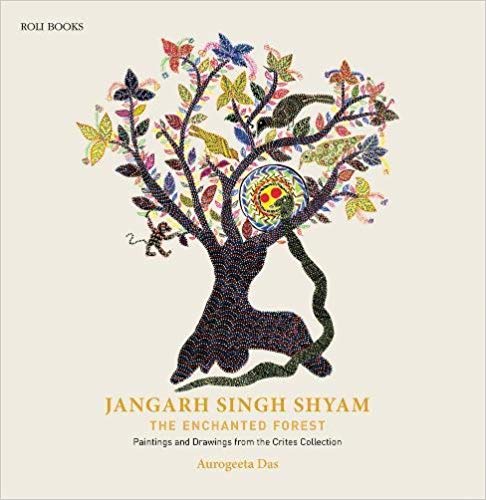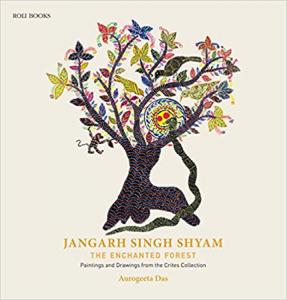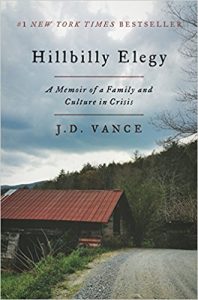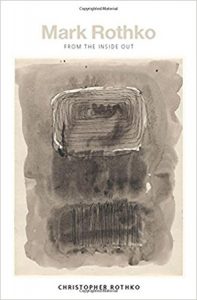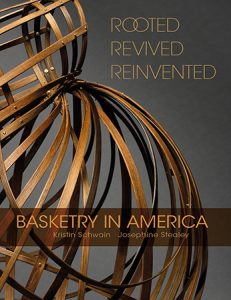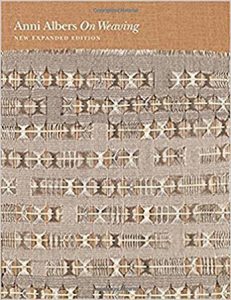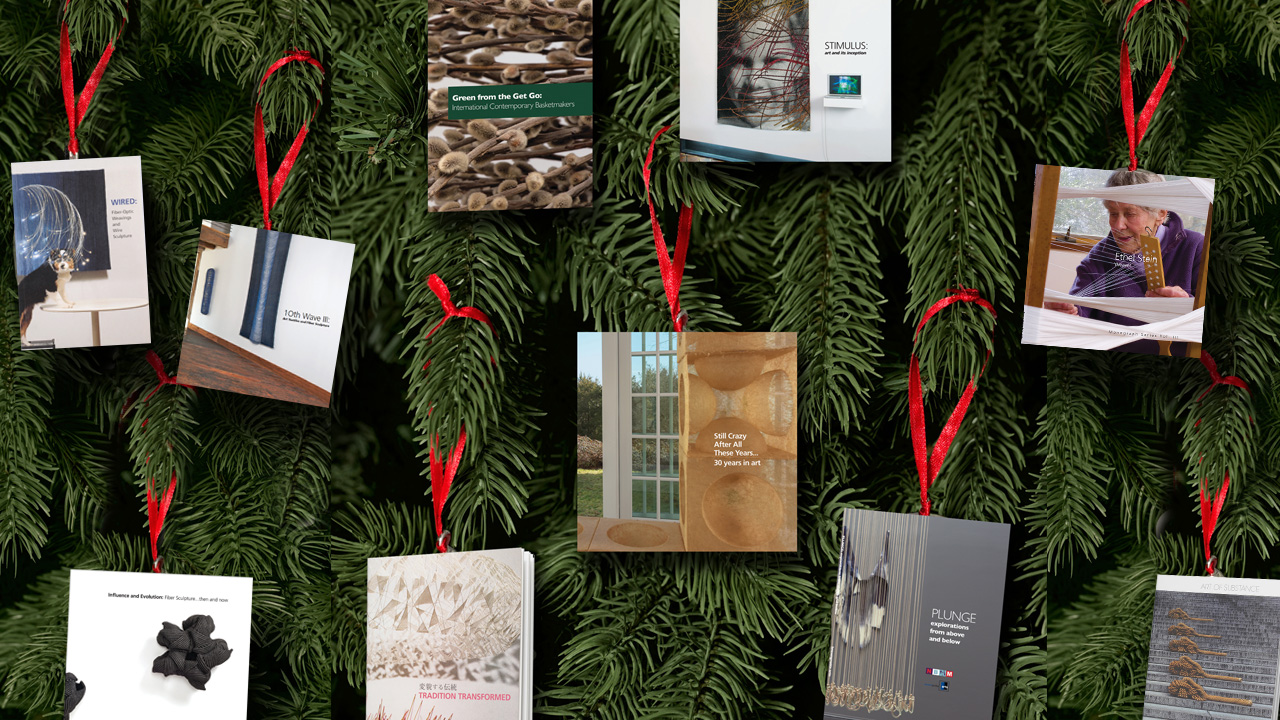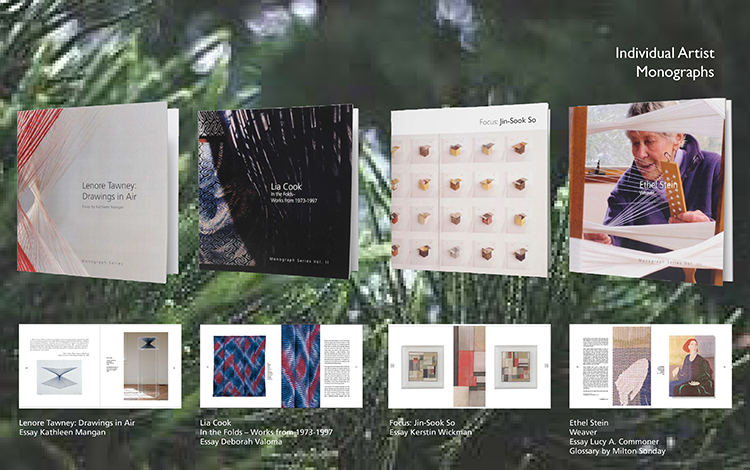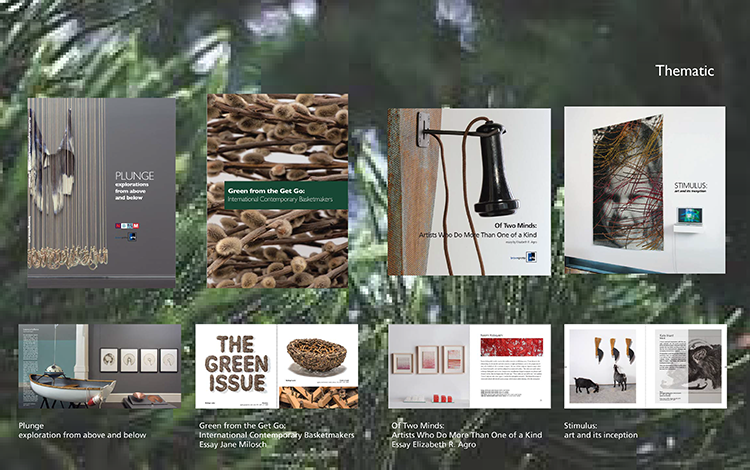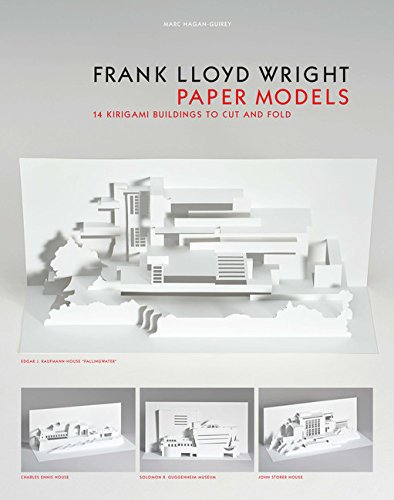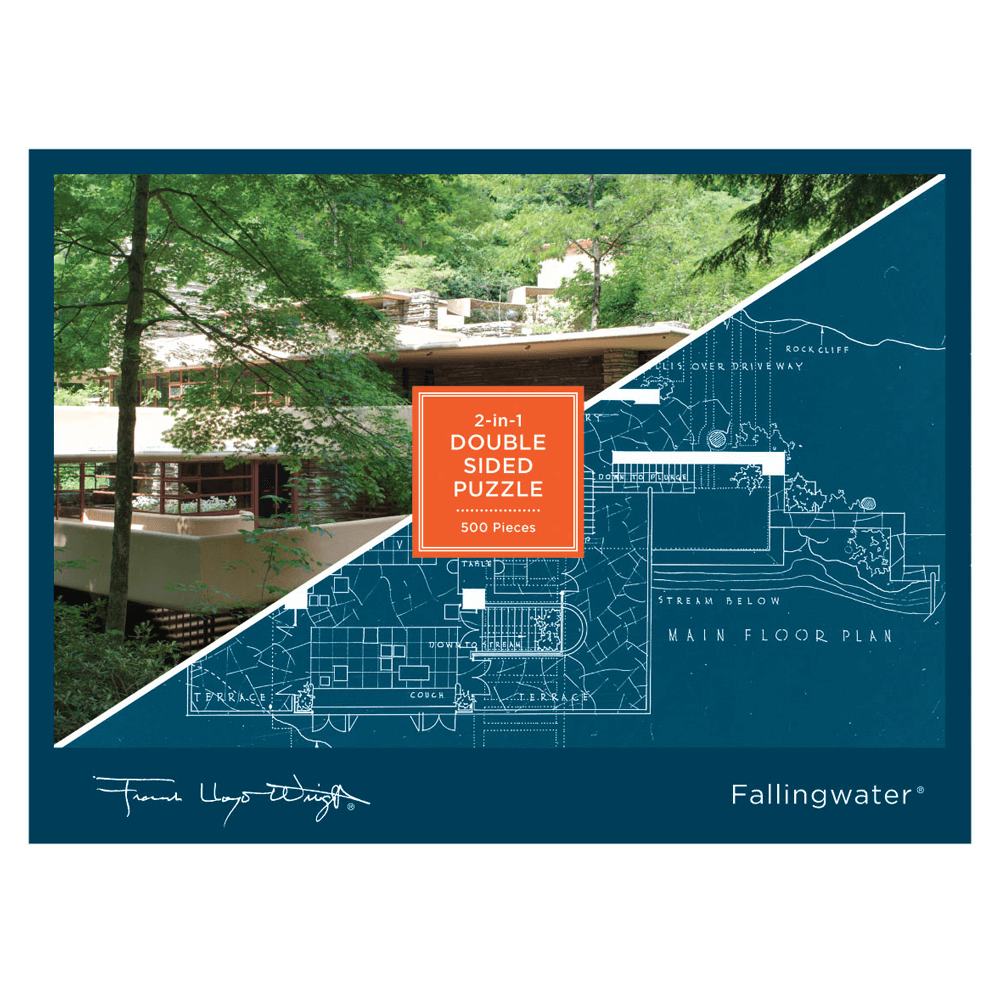
Out of ideas for the ideal gift for a cherished friend or family member? Consider a work of art. It will make an indelible impression. In its Guide to Giving Art as a Gift, DecktheWalls.com notes “Even for the person who has everything, a piece of artwork makes an amazing gift. It shows forethought, effort and a flair for gift giving. Art is a wonderful gift for any occasion, whether it is for Christmas or Hanukkah, a baby shower, a wedding or thank you gift.”


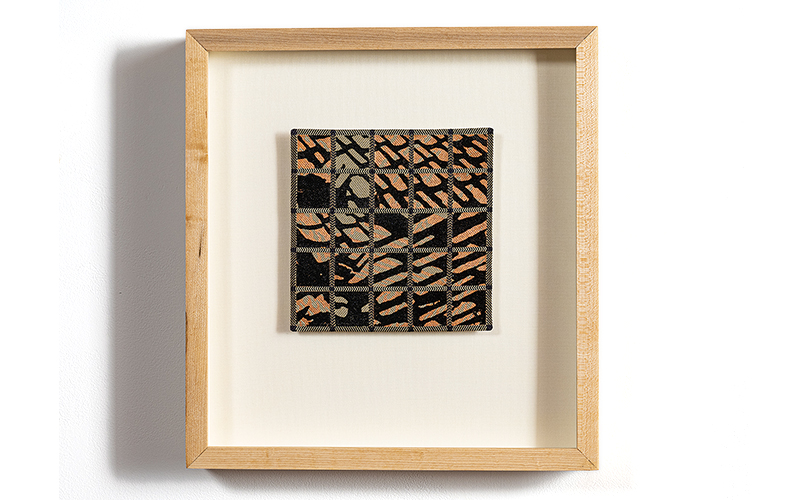
The benefits of viewing art are well documented — looking at art stimulates the brain and puts our innate knack for organizing patterns and making sense of shapes to use. In addition, viewing art boosts our mood. Looking at a painting, sculpture, or other artwork increases blood flow to the brain by as much as 10% — the equivalent of looking at someone you love. Choosing an art gift is an effective way to say, “Your well-being matters to me.”

Here are some suggestions for one-of-kind items that may be just what you are looking for.

Some come with their own boxes. We can wrap your gift if you order it this week.
